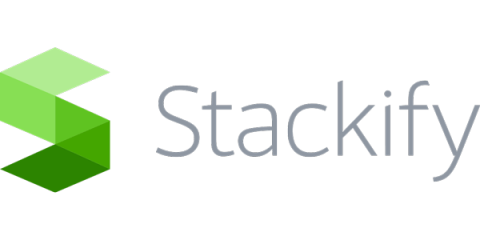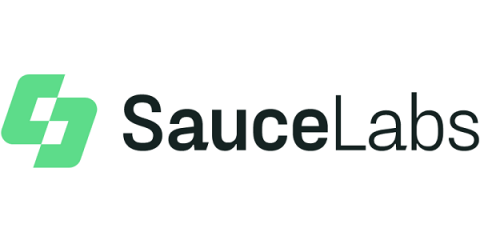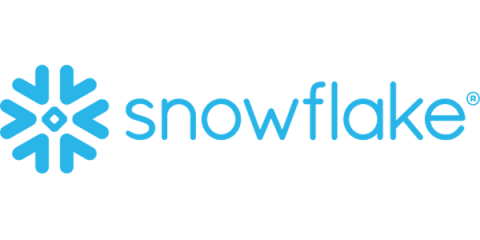Kubernetes Security Best Practices You Must Know
Kubernetes (k8s) enables you to efficiently orchestrate container management, in the cloud or on-premises. As a whole, k8s provides many benefits, including features for self-healing, automated rollouts and rollbacks, load distribution, and scalability. However, k8s is a highly complex platform and requires extensive configuration.









